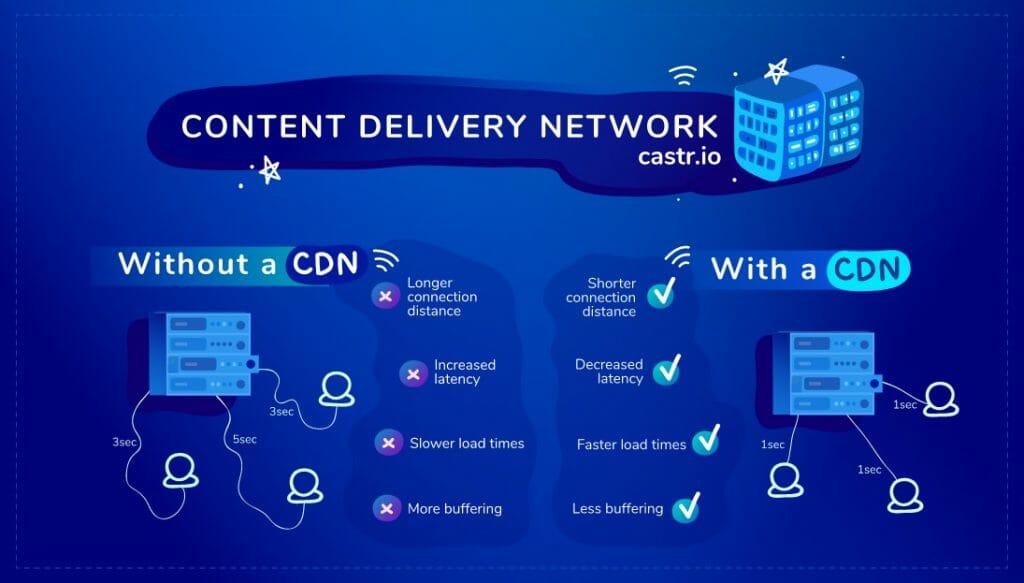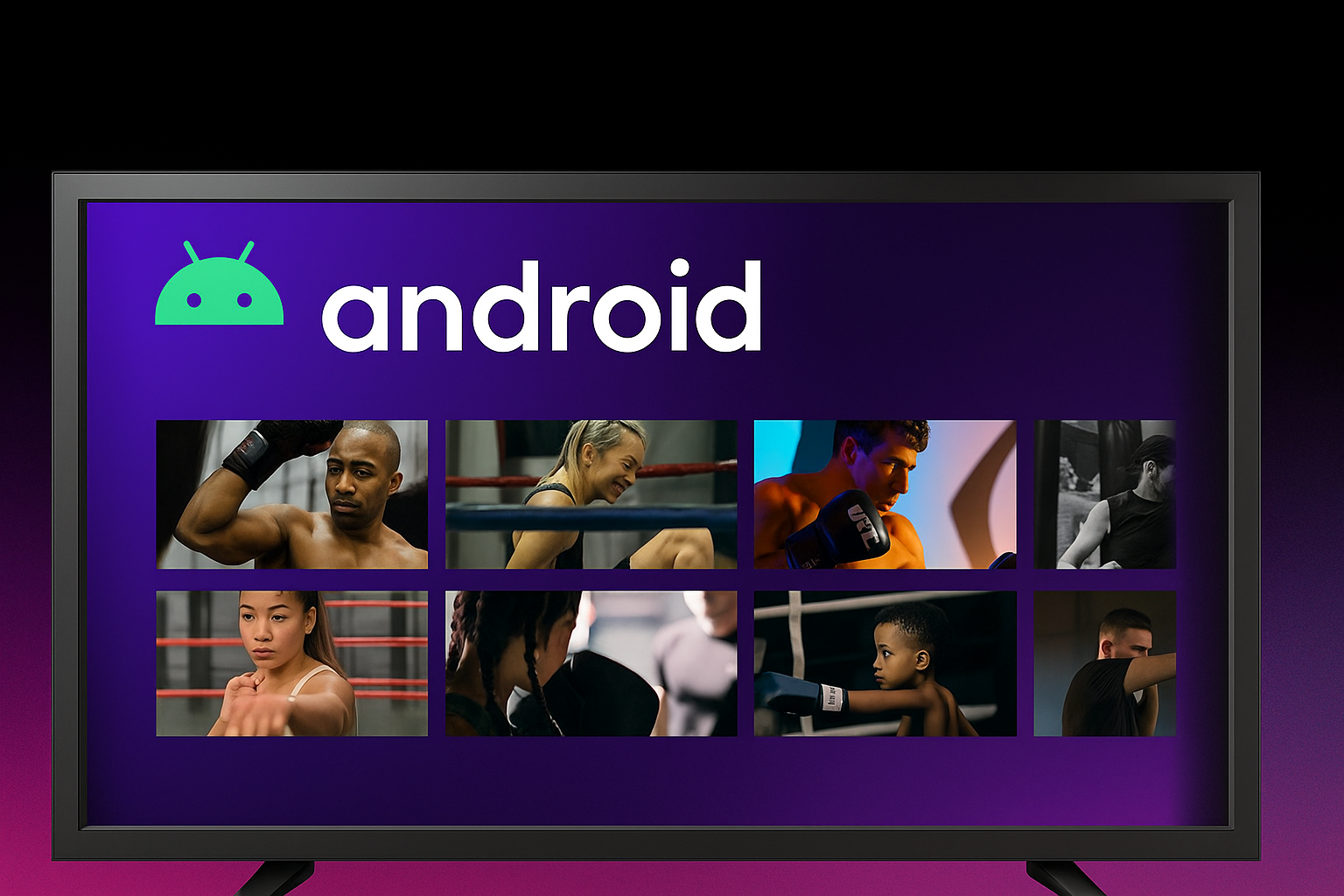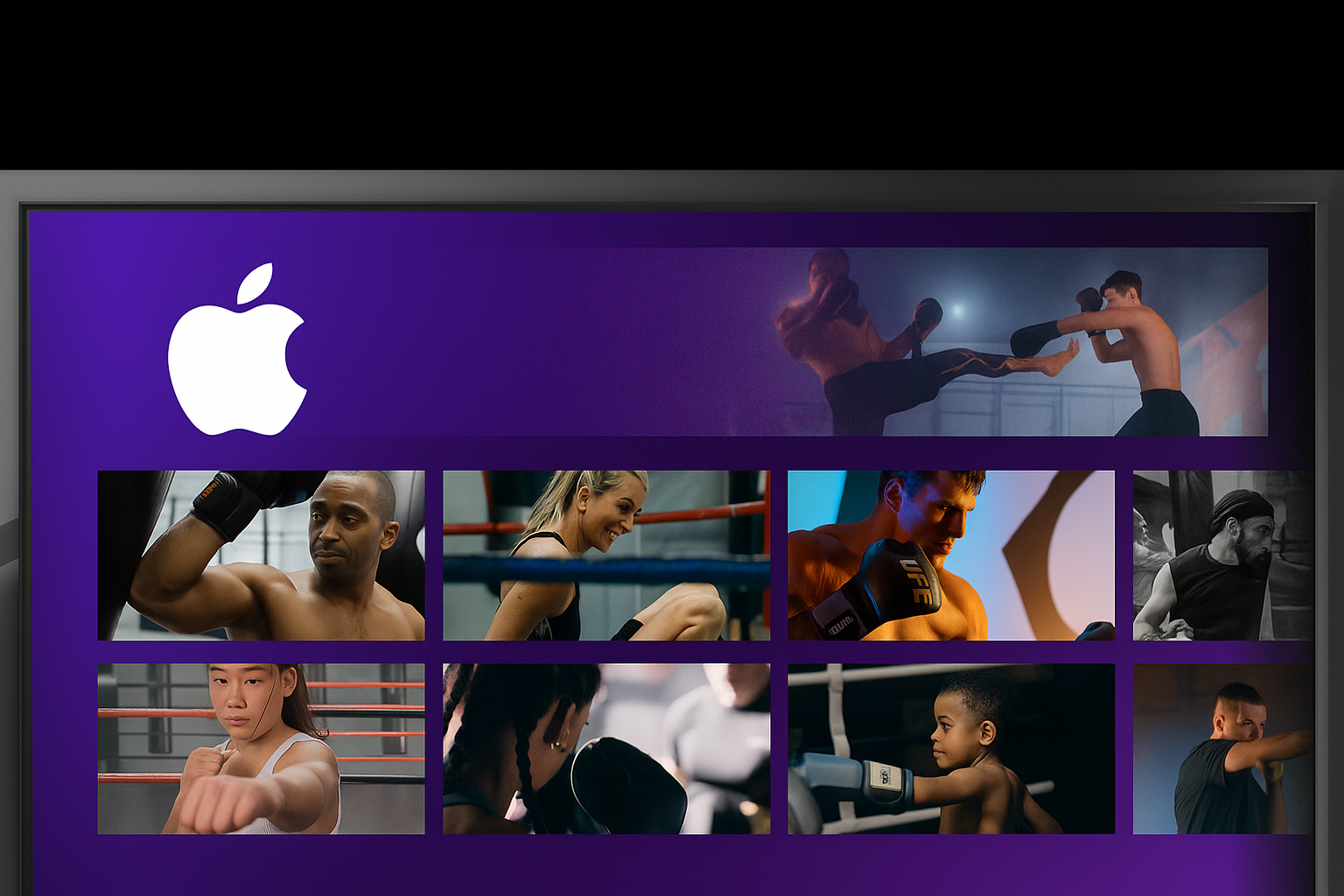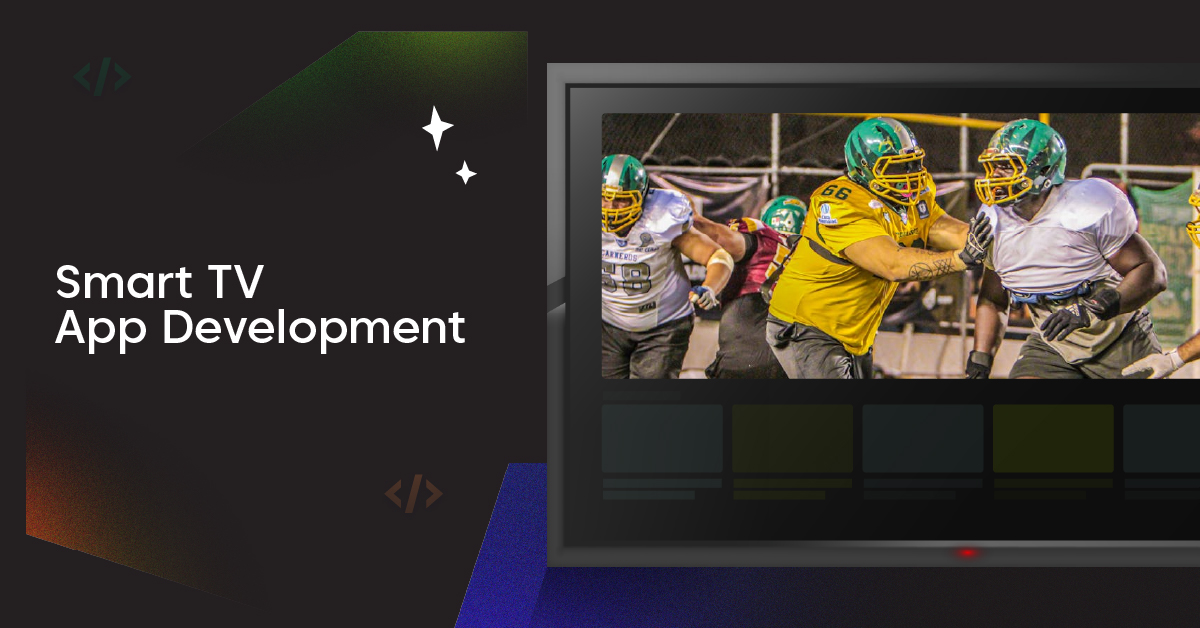In live streaming, nothing is more frustrating than dealing with buffering mid-stream. Buffering interrupts a smooth viewing experience, irritating viewers and potentially driving them away. You cannot afford this as a content live streamer as it damps your reputation. According to a study by Mux, a single buffering event can lead to people watching 39% less video. In other words, the more a video buffers, the less people want to watch it. The fact is, even a little bit of buffering is enough to turn people off. So, how can you stop buffering while streaming?
This article aims to break down what buffering means in the context of streaming, delve into what causes it, and run through 10 practical steps to stop buffering and keep your video content flowing smoothly. Whether you’re new to live streaming or seeking ways to improve your viewer’s experience, this guide is designed for you. So, let’s get started.
What does buffering mean when streaming?
Buffering during streaming refers to the pause in video playback that occurs when your network cannot download data quickly enough to keep up with the speed of video playback.
Video buffering happens when your streaming platforms cannot download data quickly enough to keep up with the speed of the video playback. It’s a loading process and often results in viewers noticing a visible pause, lag, or falter in the video quality. This loading delay is a side-effect of an issue when your internet speed is incompatible with the volume of received data.
In the world of streaming videos, slow and unstable internet speed can significantly impact the quality of your stream. It can lead to video buffering. Thus, the correlation is simple – the better your internet speed, the lesser your chances of facing buffering on streaming platforms.
What Causes Buffering?
Unstable & Slow Internet Connection:
A steady, high-speed internet connection ensures a successful live-streaming experience. Apart from an unstable and slow connection, the number of devices connected to your network can also impact your streaming quality. If other devices use the same bandwidth for data-intensive tasks like video calls or gaming, it could cause buffering on your streaming device. You can use a wired ethernet connection over Wi-Fi to enhance your internet speeds. It will help ensure seamless online video streaming.
Large File Size:
A large video file takes longer to transmit over the internet. It leads to potential buffering. This becomes magnified when streaming services are forced to jack up their bitrate to deliver greater files, compounding the problem. Your video online should be as compressed as possible without compromising the quality.
High Traffic:
Your internet services can be slowed down immensely due to high traffic. This issue is common with Internet Service Providers who share network capacity between users in the same vicinity. At peak times, more users are connected, meaning more devices consume bandwidth – leading to slower internet speeds and potential buffering.
Insufficient Bandwidth:
Bandwidth plays an instrumental role in maintaining the lifecycle of a video stream. The higher your streaming quality, the more bandwidth you’ll need. Your video stream can travel from the source to the viewer with sufficient bandwidth. It will bring about the dreaded buffer sign.
To avoid buffering, you’ll need to delve into the intricate details of video streaming. Picking the right hosting service, using the correct video format, implementing powerful encoders, enhancing your bandwidth, and more must be appropriately addressed.
Imbalance Between Bitrate and Bandwidth:
Streaming a video online involves two fundamental elements: bitrate and bandwidth. Bitrate amounts to the amount of data processed per unit of time, while bandwidth refers to the maximum capacity your network can transfer at once.
When your video’s bitrate exceeds your bandwidth, it leads to video buffering problems. Think of it as trying to push a large object through a small hole. If you’re using less bandwidth than what’s available, buffering will inevitably occur. Hence, striking the right balance between bitrate and bandwidth is key to preventing buffering.
Outdated Hardware and Software:
The nature of digital technology is such that it’s ever-evolving. Running outdated software or using older hardware can often lead to performance issues, including buffering.
Your streaming devices need regular updates to ensure compatibility with your chosen streaming service or platform. Moreover, older devices have a limit to the amount of data they can process at a time. Keeping your hardware and software up-to-date ensures they can handle high-quality video streams without causing buffering.
High-Quality Video Streaming:
While everyone loves to watch videos of the highest possible quality, it may sometimes result in buffering. High-quality videos consume more data, leading to the necessity for higher bandwidth. If your network cannot support the required bandwidth, it can result in buffering. Yet, there are other solutions besides turning down the quality of the video. This is where codecs come into play, maximizing video quality while minimizing data use, and we’ll delve into this later in the article.
ISP issues:
Sometimes, the cause of buffering may signify an issue from your Internet Service Provider’s (ISP) end. ISPs manage a massive amount of internet traffic daily. Issues with their infrastructure can disrupt your streaming experience. Furthermore, if the Wi-Fi signal doesn’t reach your streaming device efficiently, it could result in buffering. If you suspect this to be a cause, contact your ISP to report and troubleshoot any potential issues.
Issues with the CDN:
Content Delivery Networks (CDNs) are central to delivering video content globally. They are the middlemen routing your stream from the source (the streaming provider) to the destination (the viewer). However, CDNs can face issues like server overload, which might lead to buffering. Effectively, if one CDN server is overburdened, it might slow down the streaming speed, causing buffering. You can implement a Multi-CDN strategy to solve this issue.
10 Ways to Stop Buffering When Live Streaming Video Content
Here are 10 straightforward and effective solutions to stop buffering when live-streaming video content:
Choose the Right Video Hosting
A trustworthy and reliable video hosting platform plays a significant role in reducing buffering problems. You must choose a service that prioritizes speed, ease, and quality. A platform with a robust infrastructure and a credible track record in delivering high-quality streams is necessary. This is where Castr excels. It offers a seamless streaming experience, promising reliability and quality. Its features and superior technological backing make it an excellent choice for video hosting.
Use a Robust CDN
CDNs help swiftly deliver your video to viewers worldwide through a network of servers. The key here is to use a CDN with extensive coverage. It will ensure that your content reaches your viewers with minimum delay and avoid buffering issues.
Apply Multi-CDN Strategy
One way to bypass issues with a single CDN is to adopt a multi-CDN strategy. Utilizing multiple CDNs can increase reliability and reach, providing a backup if one CDN faces issues. Fortunately, Castr operates with this strategy, leveraging the power of multiple leading global CDNs and ensuring your stream is resilient and reliable.
Switch to ABR (Adaptive Bitrate) Streaming
ABR streaming is a technique that dynamically adjusts the quality of a video’s stream in real-time based on network conditions. As network conditions vary, bitrate and resolution are adjusted to provide optimal video quality while avoiding buffering. Castr is among a handful of providers offering ABR streaming, helping you ensure a quality viewer experience.
Increase Internet Bandwidth
Improving your internet bandwidth is like widening the freeway for your streaming content. It provides more space to deliver bigger file sizes quickly and efficiently. This can be easily achieved by upgrading your internet service provider plan or using a wired connection instead of Wi-Fi for a more stable connection.
Calculate the Required Bitrate
When you’re streaming, you need to think about the bitrate. If it’s too high, you might use too much internet speed and cause buffering. If it’s higher, your video will look good. For this, use Castr’s bitrate calculator that tells you the best bitrate for your stream. This can help stop buffering and make sure your streaming goes smoothly.
Calculate the Required Bandwidth
Just as deciding the right bitrate is important, knowing your stream’s internet speed is just as crucial. If your internet speed is too slow, your stream will buffer. But don’t worry; Castr’s bandwidth calculator helps here too. It lets you avoid guessing and gives exact values, so you don’t have to face buffering.
Encode Your Content to Reduce File Size
Video encoding helps compress your video files quicker and smoother transmission over the web. Using an efficient encoding technique ensures the quality of the stream while reducing the potential for buffering, providing viewers with a seamless streaming experience.
Choose the Right Video Format
Not all video formats are created equal. Some formats are more suitable for streaming than others, providing better quality streams while taking up less space. Identifying the best format for your needs can significantly affect the quality of your streams and their potential buffering issues.
Use Powerful Encoders
Encoders process the video file and prepare it for streaming. A powerful encoder ensures that your stream is processed quickly and efficiently, reducing the possibility of buffering. Sourcing and using a high-quality encoder pays off, ensuring a seamless streaming experience for your viewers.
Final Thoughts
Dealing with video buffering while live streaming can feel like a big challenge. But to fix it, you must know the main issues and how to deal with them. With the right tools and methods, you could stop video buffering and make your viewers happy.
Castr has useful features like the ability to use several content delivery networks at once and adaptive bitrate streaming. Castr also offers tools like calculators to determine the right bandwidth and bitrate. These tools make setting up and fixing problems much easier, so you can ensure your streams always look great for your audience.
In today’s fast world, people expect videos to stream smoothly and look good. Don’t let buffering stop your success. If you want a full solution to make your videos run perfectly without buffering, check out Castr.
Join the many other content creators who trust Castr for their streaming. Learn how the right tools and a little know-how can boost your live streams. Stop waiting and sign up for Castr today. Give your audience the smooth, buffer-free experience they deserve.









